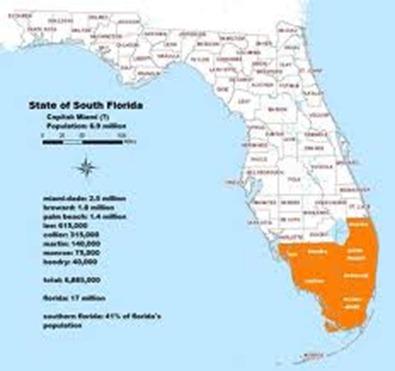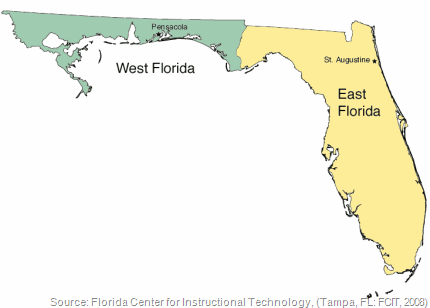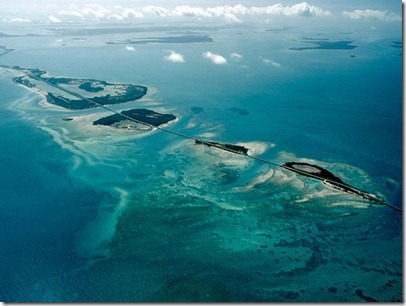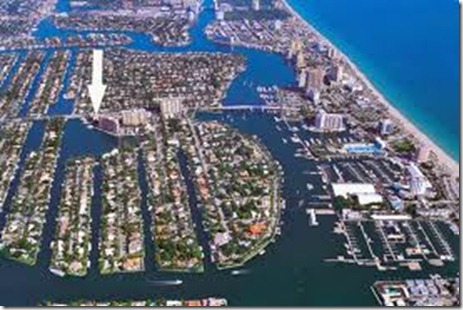South Florida is the southern-most part of the state of Florida in the United States of America. It consists of a few highly populated localities, including the Miami Metropolitan Area and Florida Keys, to name a few. Different sources define the boundaries of the region differently. So, officially there are no boundaries that technically define where South Florida begins and ends, but a widely accepted belief is that South Florida encompasses the region below the Metro Orlando area, spanning from Tampa Bay, the Everglades, and the Florida Keys.

Even though there were no historic remains of dinosaurs found in this region, archeologists did locate some traces of the tribes Calusa and the Tequesta. These tribes existed nearly 2,000 years ago and were referred to as “Paleo-Indians”. These inhabitants would have reached South Florida from Asia by crossing North America via the Bering Strait. These tribes primarily were involved in work around sink holes, watering holes and basins in river beds, relying more on fishing than agriculture. These tribes evolved into the Archiac culture and spread into different areas. They lived around fresh or salt water wetlands and were involved in occupations like pottery. Eventually they started breaking into regional cultures.
From Spaniards to Americans
The population of Florida came into contact with European culture in the 16th century. The very first encounters with the population were with the Spanish explorers who recorded about 100 groups with or without political influence. The British gained control and evicted the Spanish in 1700 and divided Florida in two: West and East Florida.

The Spaniards regained their throne of East and West Florida between 1781 and 1783. However, this rule was not for a very long time. In the year 1822, America made Florida its organized territory and merged both East & West Florida back into one. People in North Florida adopted working on plantations as their main occupation. In 1845 Florida became the 27th state in the union of the Americas.
Miami

Soon after Florida was included as part of the United States of America, Miami began to emerge as a city. During the Seminole Wars , Fort Dallas was built on the banks of a river that flowed through the territory now known as Miami. After the Seminole Wars ended, soldiers vacated the fort, and it eventually became a small village. The name of this new village – Miami – came from the Indian word “Mayami” that meant “Big Water”.
Florida Keys

The Florida Keys became popular when importing and exporting in the United States did. The islands became prominent on the maps and were names the “Keys”. This name was taken from the Spanish word “Cayos” that meant “Small Islands”. Most of its residents at the time, known as Conchs, came from the Bahamas.
Fort Lauderdale

During the Second Seminole War, a series of forts were built by the United States and eventually named Fort Lauderdale after Major William Lauderdale, who commanded the crew that built the first fort in the area. The forts and the surrounding region did not become a city until fifty years after they were abandoned when the conflict ended. The area’s major development started in the year 1920 and during World War II it became a major navy base. Today, the City of Fort Lauderdale is a major yachting center and tourist destination.
Other Destinations

The Everglades were declared a national park in 1947 after The Great Depression and World War II.
Palm Beach was created in 1909 and was named after the beaches and palm trees in the area.
Treasure Coast got its name from the number of Spanish galleons that are still being discovered by treasure hunters in this area. About 60% to 70% of Spanish treasure is still hidden under the sands of this area!
Hopefully this brief history of South Florida has given you a glimpse into the exciting past of this Utopian region and stimulates imaginative ideas about what its future has in store!